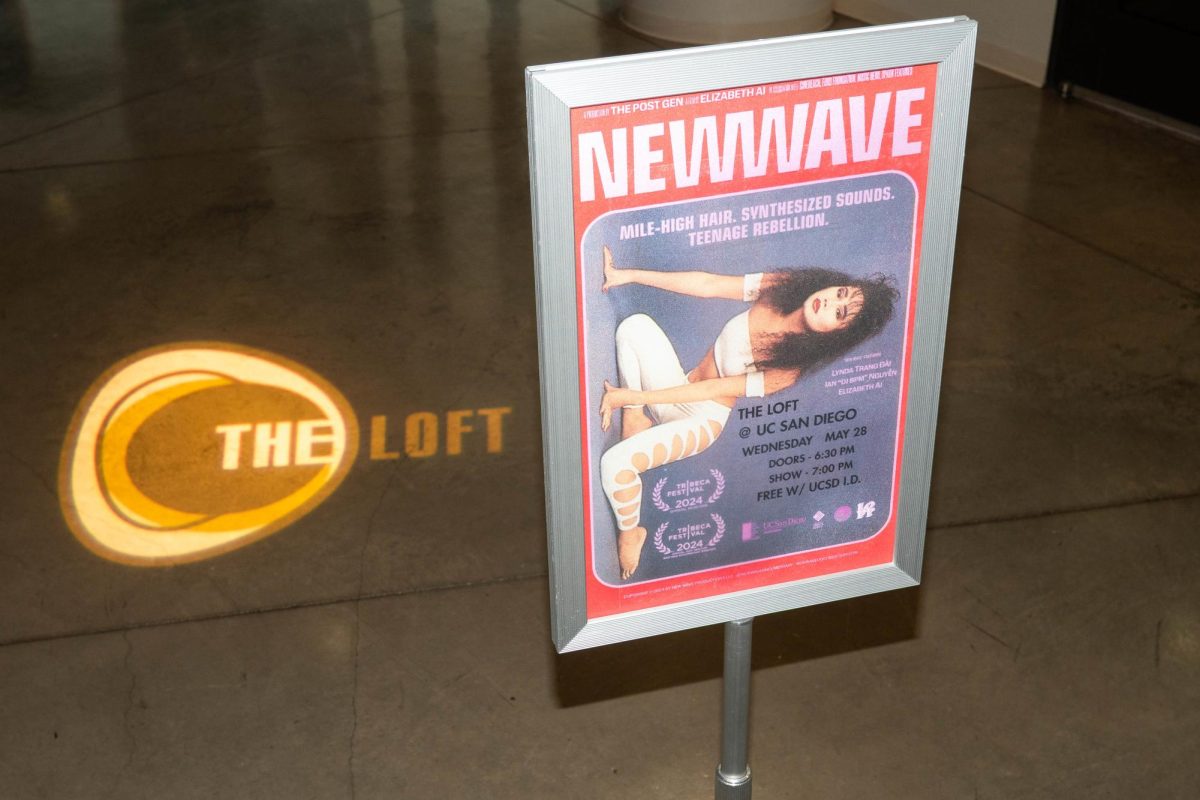The quintet of directors behind the movie adaptation of the wildly popular Freakonomics book nearly pulled off an impossible task: converting a book primarily about number crunching into a successful film. While plenty of laughs and stylistic ploys score some points, the result falls short of being consistently absorbing.
The book Freakonomics used amusing intellectual forays to uncover fascinating statistical relationships in a fashion that was actually interesting to the average Joe who knows zilch about economics. The film takes four of these topics and creates a quartet of mini-documentaries, each directed by a different pair or individual. An introduction and series of brief anecdotes narrated by the authors of the book separate these mini-documentaries in an attempt to add some continuity to the film.
With four directing teams there’s bound to be some dramatic differences, leading to some sharply inconsistent results. “A Roshanda by Any Other Name” deals with the impact that a baby’s name has on that baby’s future life prospects. Director Morgan Spurlock flits from chuckling street interviews to witty voiceovers, while seamlessly incorporating an endless array of stylized graphics and animation. This segment is the most entertaining of the film, skillfully translating the humorous writing from the page to the screen, although the rapid stream of stats and figures go in one ear and out the other.
Alex Gibner’s “Pure Corruption” takes a sharp tonal shift in its treatment of corruption in Japanese sumo wrestling. Gibner avoids the mass of figures and focuses on personal elements by including a bevy of long-winded interviews with key figures. While the tale is occasionally engaging, it drags on far too long, with the somber mood and ominous music more yawn-worthy than profound.
In “Its (Not Always) A Wonderful Life” Eugene Jarecki tackles the most controversial aspect of the book, the claim that the legalization of abortion by Roe. V. Wade was the biggest contributor to the massive nationwide drop in crime witnessed in the early 1990’s. While the fascinating material and crisp animation are initially riveting, the segment bizarrely trails off-topic towards a defense of the authors from the firestorm of criticism their claim induced.
Rachel Grady and Heidi Ewing conclude with “Can a Ninth Grader be Bribed to Succeed?,” a conventional documentary about an experiment conducted by the University of Chicago that awarded cash to ninth graders in order to improve their grades. Grady and Ewing largely ignore both data and stylized animation in favor of humorous interviews with a pair of students participating in the study. The charisma of the characters keeps the story from stagnating, although like every other segment the directors fail to strike a balance between the humanity and the facts.
The four segments do have their moments, but translating a non-cohesive story heavy on numerical data proves to be too daunting a task for the quintet of directors. Their different approaches all run into problems — some directors resisted the subject matter, and others simply failed from their own cinematic choices. So while the film is occasionally engaging and frequently humorous, reading the book is a far better (and more informative) option.
Grade C+







